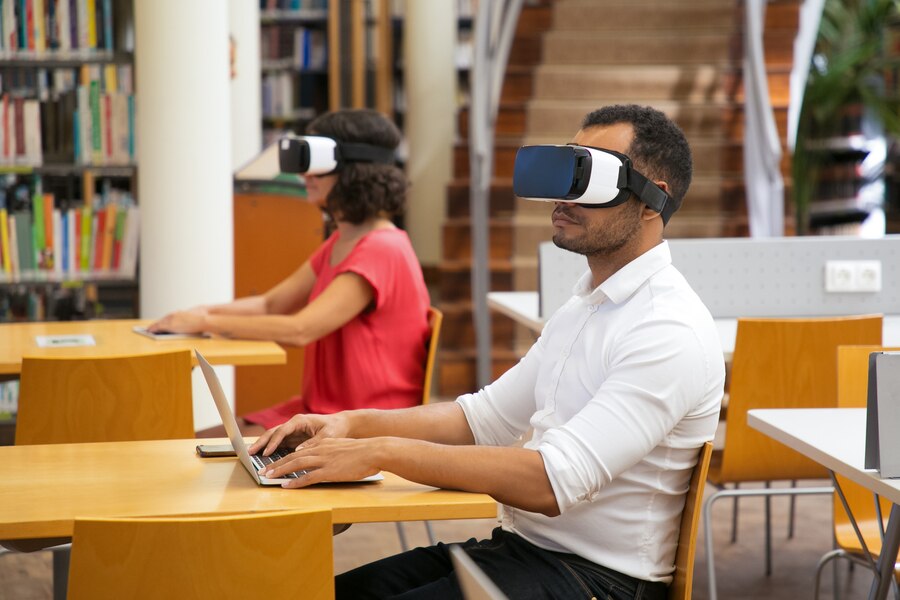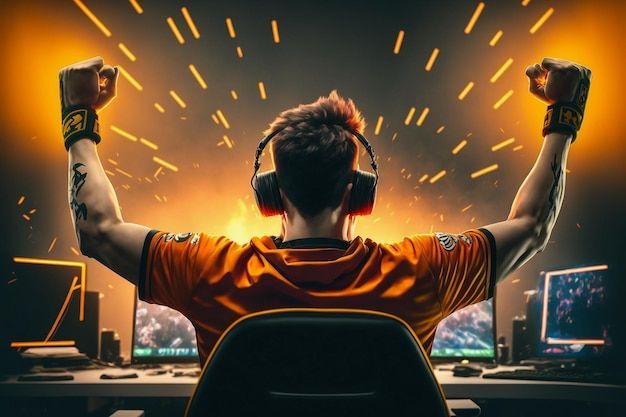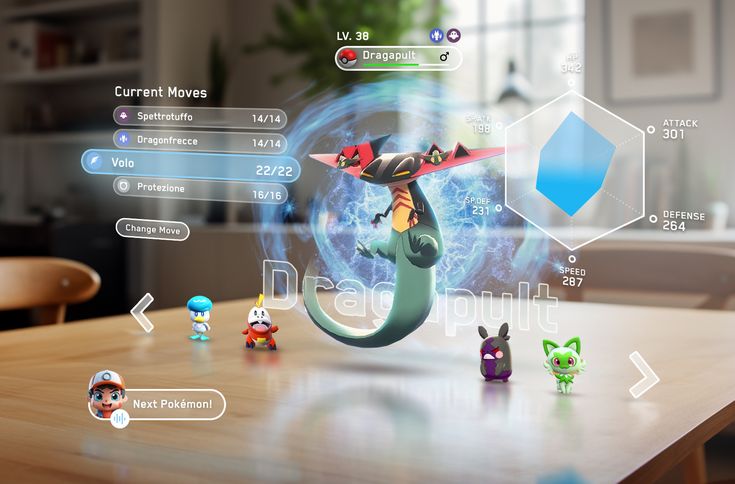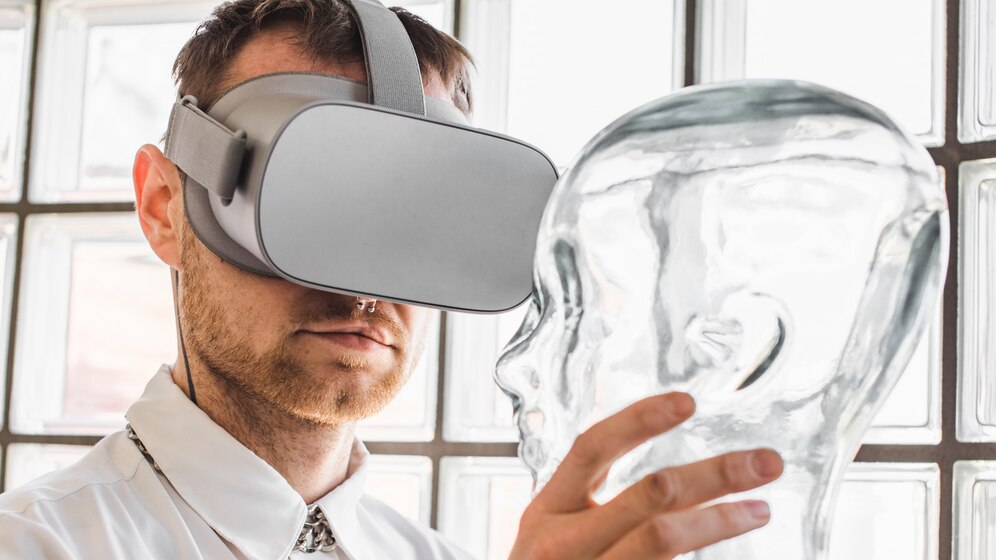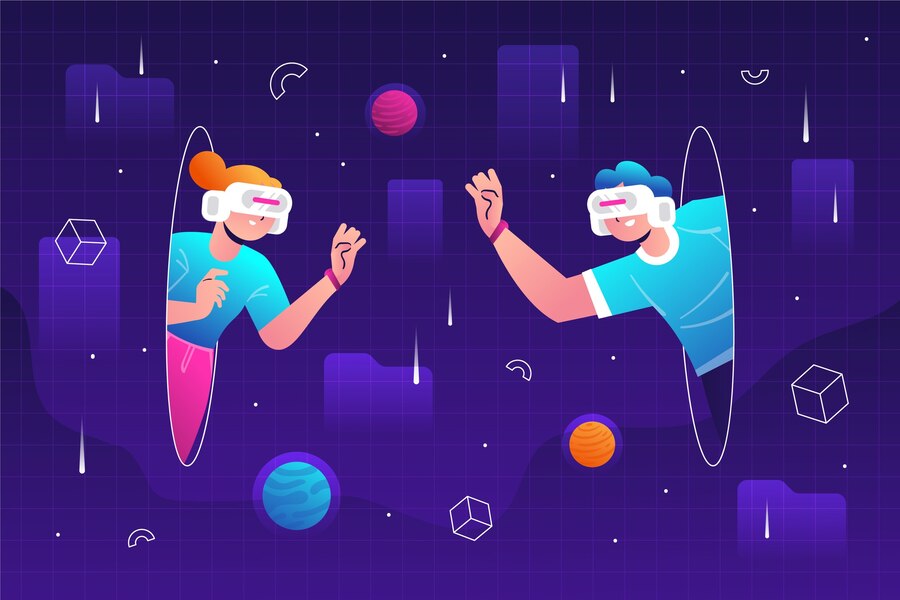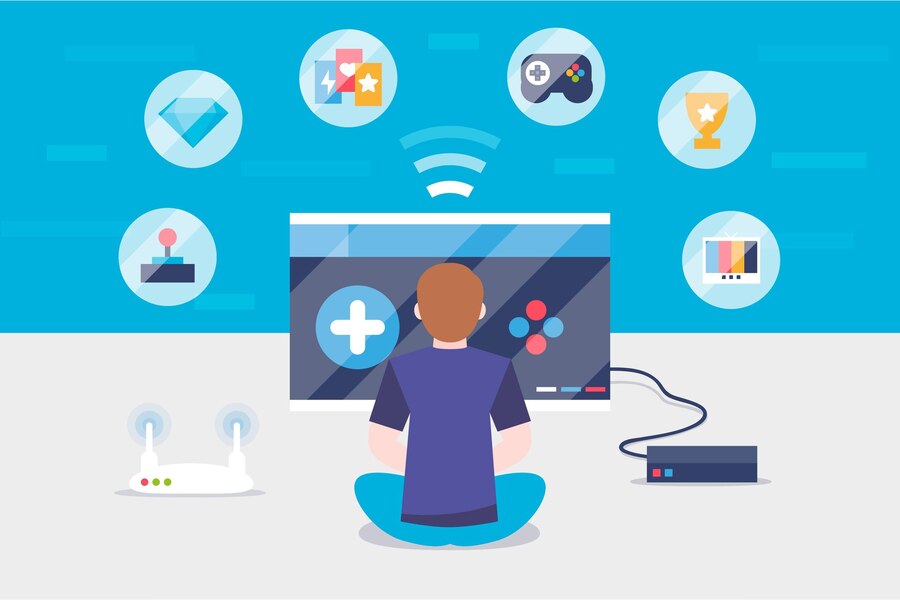What Are the Benefits of AR and AI in Education and the Scoop Industry?
Augmented Reality and Artificial Intelligence technologies combine to transform education systems by making learning both more effective and interesting while tailoring instruction to individual students’ needs. Technology helps turn regular classrooms into engaging spaces that serve students better. We explore how AR and AI support education in this discussion. 1. Enhanced Learning Experiences Students learn better when AR and AI create realistic settings that help them interact with new information. Students can explore three-dimensional data from real objects using AR technology and view digital information added to physical scenes. These AI tools can make lessons better match students’ unique ways of learning while helping all students understand content more deeply. Using AR and AI helps educators design realistic digital lessons that connect better with students’ memory and understanding. Teaching technology enhances pupils’ drive to discover while teaching them how to reason effectively so they can keep learning throughout their lives. 2. Personalized Education AI brings tailored learning activities that suit each student’s education needs. AI systems look at student information to find what they handle best and need help understanding. Powerful programs use student data to match learning materials, resources, and tasks to their unique educational requirements. The system supports personal learning by letting students pick their visual materials and engage with digital experiences. Augmented reality applications deliver learning aids by showing students detailed instructions when they need help with a particular subject. These technologies help all students learn equally without leaving any behind. 3. Increased Student Engagement People who learn in traditional classrooms often lose focus during class. AR and AI help with learning by letting students interact with digital games on their devices. With AR applications students learn better by turning ordinary material into exciting experiences such as studying past societies or finding math solutions in game-like hunts. AI chatbots help students engage more through automatic answers and assistance. Our educational tools motivate students to concentrate better on their studies which leads to enjoyable and successful learning outcomes. 4. Improved Teacher Efficiency AR and AI systems help both students and teachers achieve new levels of teaching capability. AI systems eliminate repetitive work by handling grading work, monitoring student participation, and developing teaching plans which helps teachers spend more time teaching and guiding students. With AR education tools teachers gain new ways to teach difficult ideas and enlist student engagement. Through Augmented Reality and AI technology teachers can teach better while performing less routine tasks which gives them more time for bonding with their students. 5. Real-World Skill Development AR and AI technology help students succeed by showing them the specific skills they need for their future careers. The AR technology lets students try medical or engineering tasks without facing actual risks through realistic simulations. AI platforms let students learn programming and data skills while finding career guides for specific education purposes. Through these technologies, students learn how to connect classroom ideas with real-world work requirements. 6. These tools support students by bringing together diverse learners at school. AR and AI help students succeed through special learning methods that work for everyone. AI tools give students real-time translation services plus speech-to-text conversion along with self-adapted educational content when they need it. AR technology creates complete educational experiences that work well for visual perception learners plus students who need to both hear and feel learning material. Through their technology, AR and AI help all students find equal chances to learn at a high level. 7. Cost-Effective Solutions Although AR and AI technologies have significant upfront costs they produce economic benefits that continue over time. Digital materials help students avoid buying textbooks and using physical teaching materials. AI systems help educational organizations handle administrative work better at a reduced operating expense. Students and educators anywhere on Earth can access AR applications through their tablets and phones at very reasonable prices. 8. Data-Driven Insights Educators gain a better understanding of how students perform and what directions learning takes through this technology-driven analysis system. Teachers can use data analytics to find teaching weaknesses and use it to analyze student development against curriculum objectives. The system uses AR to record what students do in class and how involved they get with their work to show students’ full educational path. When teachers see this information they can improve their teaching strategies to provide better results. 9. Guided Education Through Continuing Education Learning applications infused with AR and AI technology grow beyond classroom space helping people learn new skills throughout their lives. AR tools allow companies to deliver training modules that engage employees and AI systems help users plan professional development based on their unique needs. Digital learning tools help people of every age group develop themselves through lifelong education. 10. People from around the world connect better when they use AR and AI technologies together. Augmented reality and AI technology connect students and educators worldwide to help them collaborate effectively. AR technology builds virtual team workspaces and AI connects people for immediate remote collaboration. Students learn to understand different cultures across the world when they get connected digitally with classes worldwide. Contact us for more details! Frequently Asked Questions 1. How do augmented reality and artificial intelligence make learning more effective? Using AR displays digital knowledge in actual physical locations to create better learning experiences. AI tailors teaching content to match each student’s learning requirements so they grasp information better. 2. How effectively do augmented reality and artificial intelligence help teachers work better? These technologies both simplify teacher duties and create presentation tools so teachers can teach efficiently and mentor their students effectively. 3. How do Artificial Intelligence and Augmented Reality benefit each student’s unique learning experience? The systems use student data to offer personalized lesson plans and tools from AR that let each student access unique learning materials. 4. How do augmented reality and artificial intelligence support equal learning opportunities in schools? AI systems deliver translated materials instantly and customize learning resources to meet individual student learning styles. Through augmented reality,

